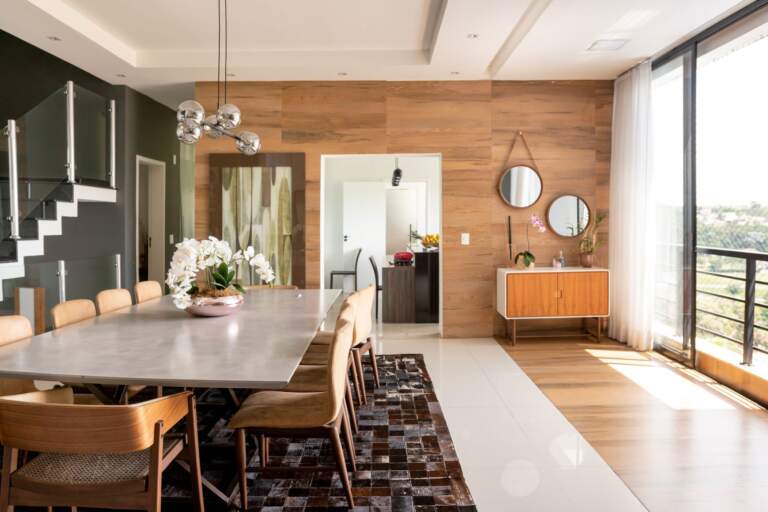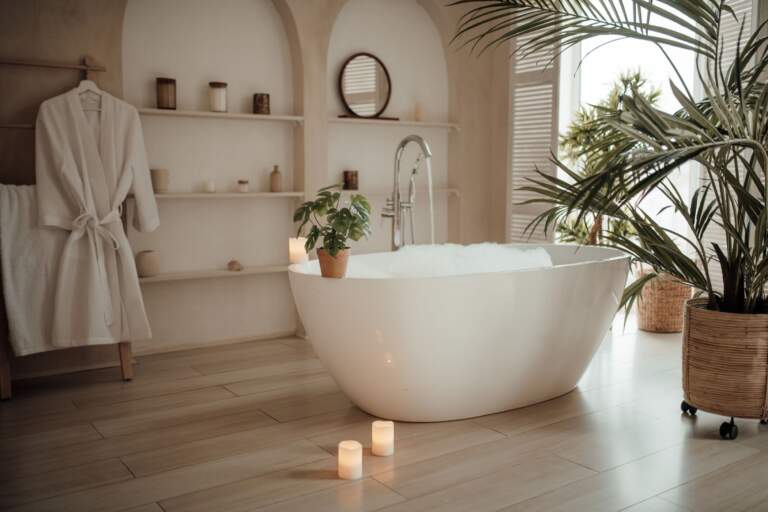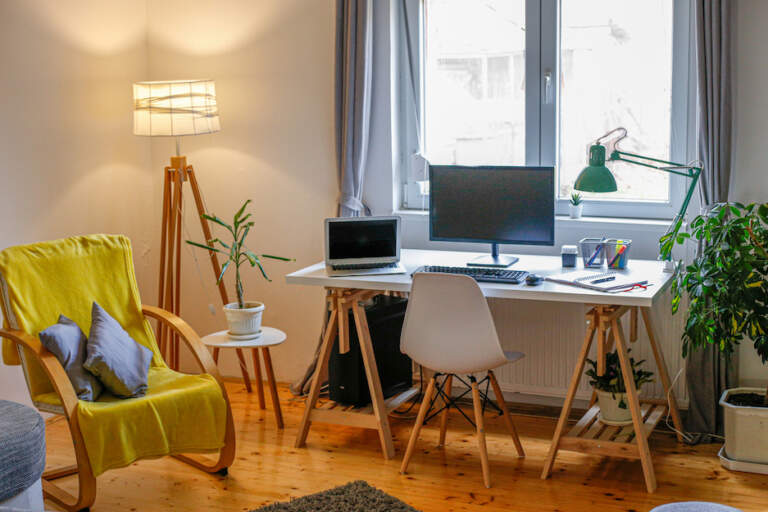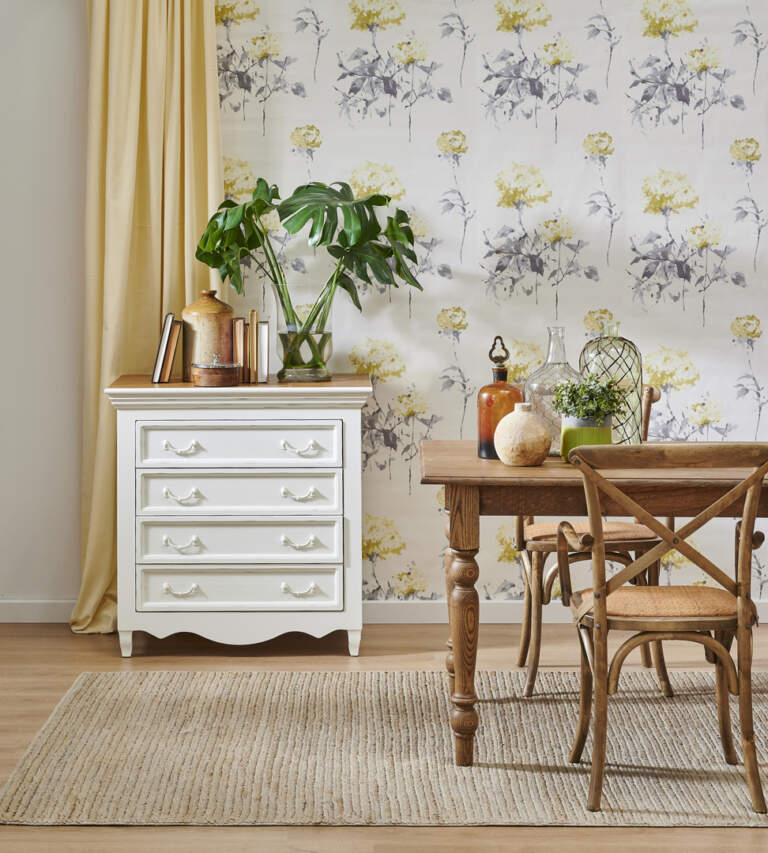
4 Tips for Designing a Safe Kids’ Bedroom
Is it finally time to move your little one out of your bedroom and into their own? Create a safe and functional space with these expert tips that will have both you and your child sleeping easy.

Thoughtful furniture placement
Di Gaffney, Cosham Studio Manager at Plantation Homes, suggests furniture placement as being the first step for designing a safe kids’ bedroom:
“The bed itself is often the biggest piece of furniture to place, so we suggest placing the bed in a place that allows you easy access around it. It’s important to consider if the bed too close to the light switch, as toddlers are prone to standing on their bed and turning lights off and on!
Where possible, avoid placing furniture under bedroom windows, not only for safety reasons but you probably don’t want the early natural sunlight waking up a baby or toddler, so consider this in your furniture planning process.”
Once you’ve placed your kids furniture around the room, consider the safety aspects of it all, with Di suggesting to:
“Anchor bulky furniture pieces such as bookshelves and drawers to walls, as it helps minimise the chance of them toppling over, especially if little ones climb on them… take a moment to look around and see if there are any obviously tempting items at dangerous heights.”
Ensure peace of mind with a quality MyDeal kids bed, and visit the Plantation Homes Instagram for more design ideas.
Safe materials
Many of us are unaware of how many toxic materials really are in our homes, which is especially concerning when it comes to kids’ bedrooms. Matt Riley, Managing Director of Tonic Design, tells us:
“Creating a healthy space for children of all ages is important – we always use Low VOC paints and look for easy to clean finishes, children like to play on the floor so consider a easy to maintain carpet or large scale rug which can be removed for cleaning, and consider what is in the materials you are bringing into the space.”
Non-toxic cleaning supplies and paints are an often-overlooked but vital part of keeping your child’s bedroom safe and healthy.

Accessibility
As kids grow older, they will want greater autonomy, but this also presents some risks. If your child has to climb up on things to reach their favourite toys or has nowhere to store their toys but the floor, there is a great risk of falls and tripping.
Matt tells us:
“For young children it’s about dividing the space between things they need to be able to access and things which need to remain out of reach. Locating toys and clothes within reach gives children a sense of autonomy and similarly offers the parents some potentially needed respite.”
For more of Matt’s design ideas, visit the Tonic Design Instagram and Facebook.
The right flowers
Many parents love adding a soft touch to their child’s bedroom in the form of flowers, but the flowers you opt for must be chosen carefully as some of them can be toxic! Chief Plant Expert Ebony Andrews from Flowers Across Melbourne tells us:
“Lilies should be avoided for kids bedrooms as they are toxic if ingested. While lilies are extremely fun to watch open up and have beautiful colour, they can be dangerous, especially for babies and young children. You should always design a child’s bedroom to be a soothing place for bedtime and the fragrance of lilies can be extremely stimulating. Lilies are best to be avoided if you want your little darlings to get to sleep quickly and stay asleep! As for plants we recommend, the peace lily is perfect as it’s known for its air purifying qualities. However, peace lilies can be toxic if ingested, so be careful when designing with this plant and use for older children’s rooms only.”
Opt for soothing plants and keep any toxic ones secure and out of reach of younger children. To find the perfect flowers for you, visit the Flowers Across Melbourne Facebook and Instagram.
With the four tips above, you can create a safe, functional and beautiful bedroom for your child, guaranteed to be the perfect space for both rest and play.





